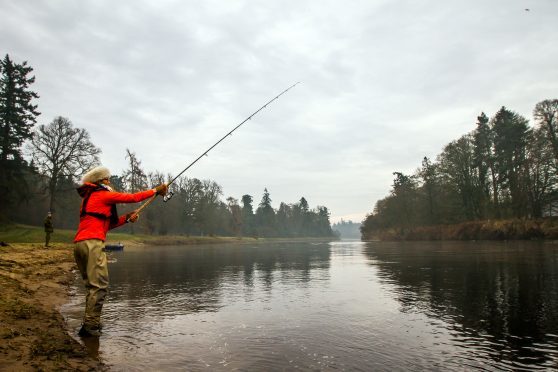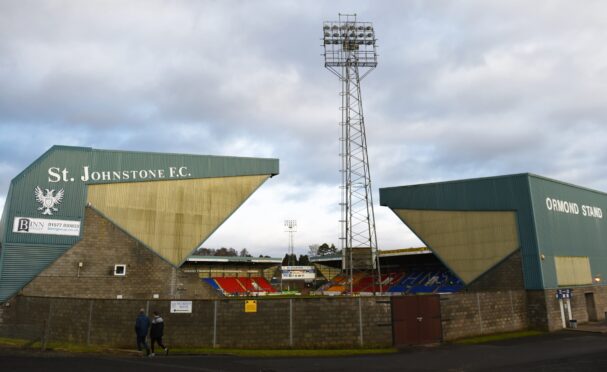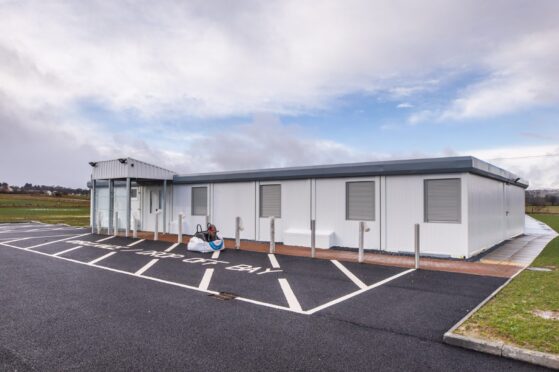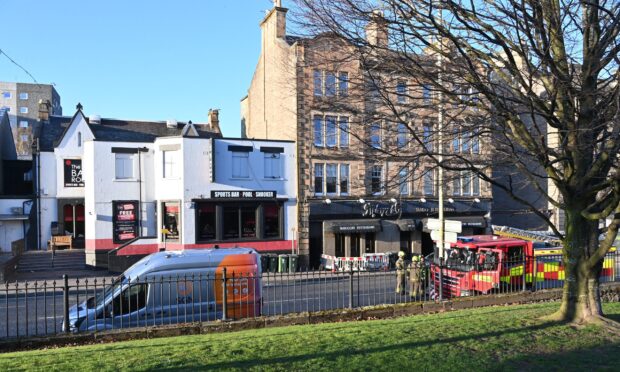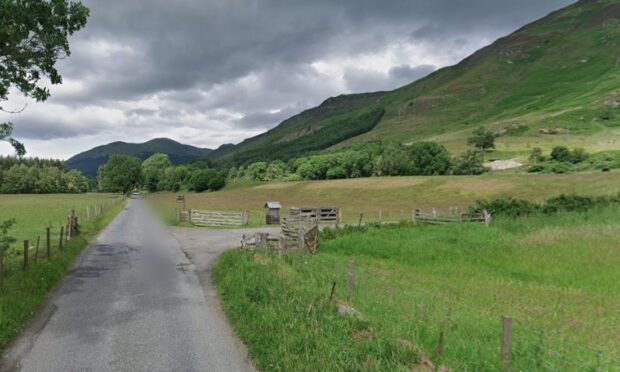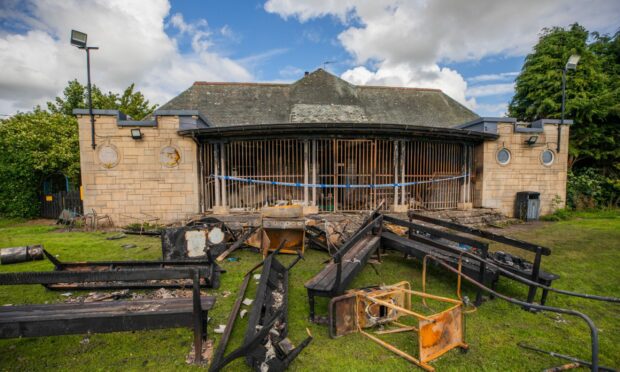The river Tay suffered its worst salmon fishing season since records began.
Experts estimate that there were fewer than 5,000 fish caught between January and October, with just 3,324 reported through an online tool.
The figures would make the 2017 season the poorest since records began in the 1950s.
However the picture was not a totally bleak one as the fish counter at Pitlochry recorded one of the highest numbers of spring fish ever, and the highest since 1978.
The news was revealed as part of the annual Tay District Salmon Fisheries Board (TDSFB) report.
The report said: “The count at Pitlochry Dam to the end of May 2017 was the highest since 1978 and one of the highest ever.
“The count to the end of June was also very good, although June itself was squeezed, perhaps a consequence of a warmer winter/spring simply allowing fish to ascend the ladder earlier than usual.
“After this encouraging start, the counts collapsed in a manner with no precedent.”
The blame for both the low catch numbers and the collapse of the Pitlochry count over the summer is partially being blamed on a lack of young fish — known as grilse.
The report continued: “2017 was second year in a row with a reduced grilse run and particularly a lack of fresh fish of any age in the autumn. In 2016, there were few fresh fish after August, but in 2017 fresh fish seemed to stop even earlier.
“While there may also have been fewer late run salmon and few late run grilse, there seems to have been a lack of grilse in the summer too. This is evident from the poor summer count at Pitlochry and the poor return of tagged grilse there.
“The geographically widespread nature of the problem and the tagging evidence point to the main issue being at sea rather than being due to a poor smolt run in 2016, for example say being caused by storms Desmond and Frank in December 2015.”
